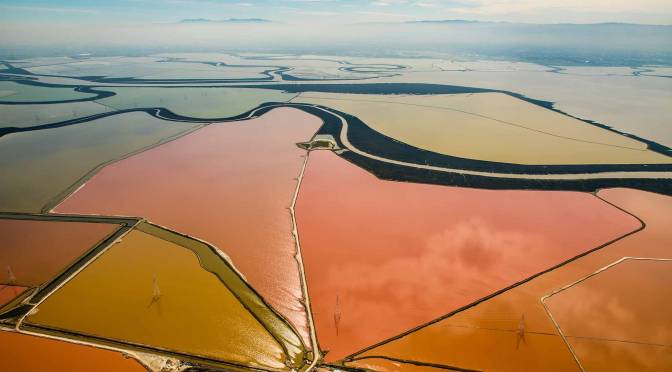How often do you wander through a museum and stop to wonder exactly how a particular object arrived on this pedestal, in this institution, at this time?
I’ll be the first to say: not that often. In a small but dense show at the Asian Art Museum, curator of Southeast Asian art Natasha Reichle presents two case studies in “how this got here,” both sourced from the bottom of the sea.
Lost at Sea: Art Recovered from Shipwrecks tells stories not just of antiquities auctions, marine archaeology and what happens to things when they sit underwater for hundreds of years, but of 19th-century colonial practices, 15th-century trade routes and international maritime law.
“Who is entitled to centuries-old artworks recovered from shipwrecks?” Reichle asks. “Should they even be excavated, or should vessels and their contents be left in situ for future generations?” A wall of visitor-annotated Post-its in the exhibition collects the varied responses to such questions.
Lost at Sea doesn’t just provide intellectual pause, it’s also visually stunning. Among the formerly submerged artworks on display is a concretion—a solid mass of stoneware, shells, corroding iron and the remains of sea creatures that glommed together over nearly 600 years in the South China Sea. From the second shipwreck, a steamer that sunk off the coast of Somalia in 1877, the museum has two large-scale 12th-century stone reliefs from Central Vietnam. Removed from a ruined temple by a French colonial officer in the 19th century, the relics were on their way to France, and never quite arrived.


